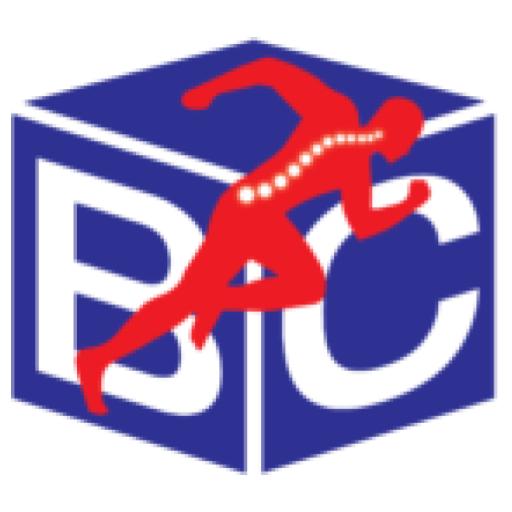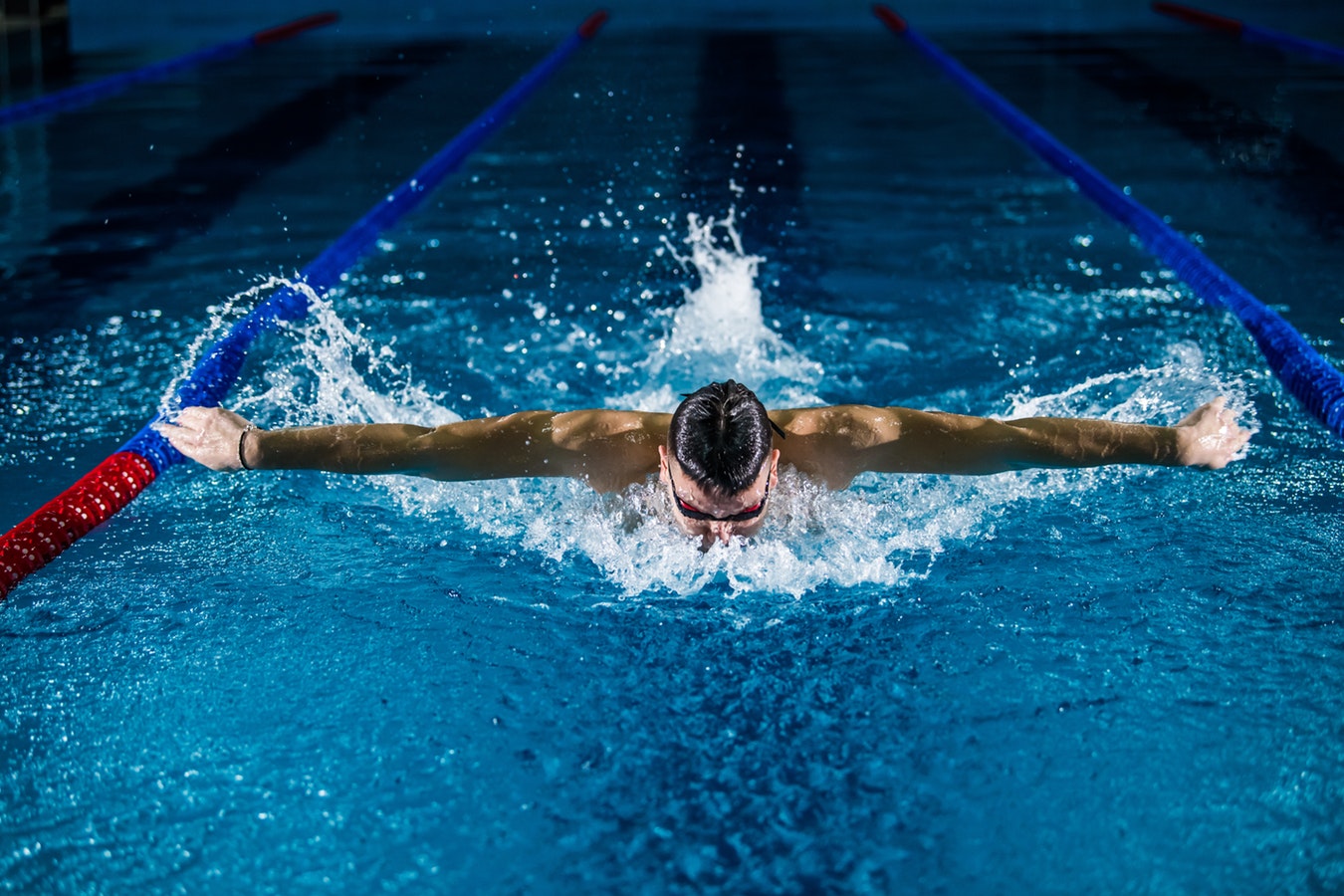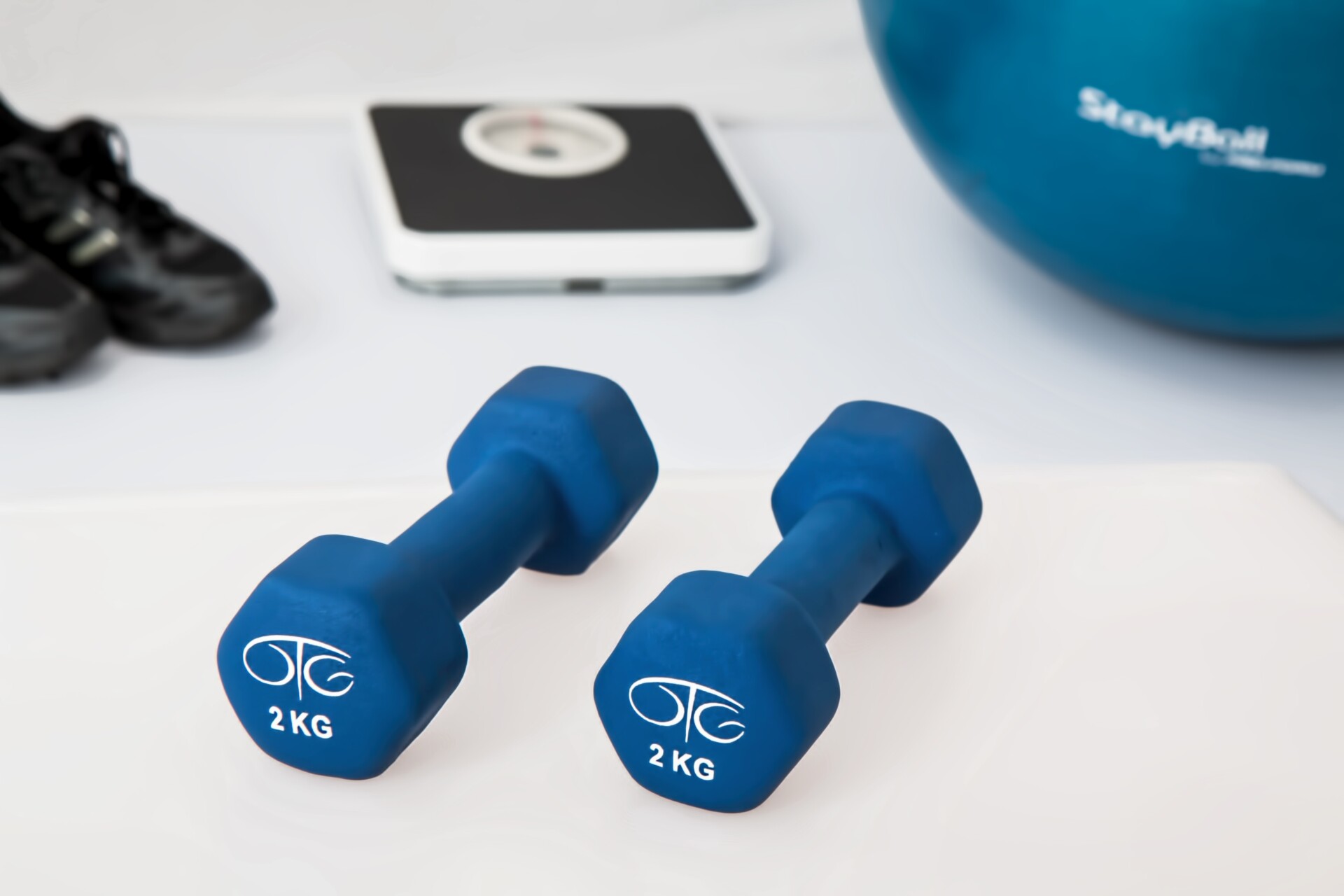Good news is you are not alone and WE CAN HELP YOU!
Why swimming?
Swimming is one of the oldest sports in the history of athletic competition. It is believed to have began in Europe in the early 1800’s and was included in the first-ever Olympic games in Greece (1896). It has been growing ever since. A study in 2009 explained that swimming was the second most popular sport in the United States in 2008 with approximately 63.5 million participants. In 2013-14, over 20,000 men and women participated in the National Collegiate Athletic Association (NCAA) swimming and diving. It is even a very popular club or recreational sport for weekend warriors. We treat various swimming injuries with physical therapy in Smithtown, NY.
Swimming is a beautiful sport in that there are so many ways to implement it and everyone can do it. Swimming can be highly competitive and as insinuated in the first paragraph, a very popular sport in the Olympics and international competition, as well as collegiate athletics. Aquatic therapy is a popular and highly supported intervention for elderly rehabilitation and physical therapy for various neurological diagnoses. In fact, our own physical therapist, Shannon Jones, did her capstone research on swimming. She is published in the The Journal of Aquatic Physical Therapy for a case report that her and three other classmates performed. They taught a man with an incomplete spinal cord injury (SCI) how to successfully swim for fitness. This success story and many others are attributed to physical therapy in Selden, NY.
The nature of this article is going to focus on competitive swimming or those swimming for triathlons or fitness. We will not discuss its role in neurological or elderly populations.
Range of motion and strength needed for swimming:
Swimming form is outside the scope of this blog. We gratefully admit there are highly skilled and knowledgeable coaches and trainers to teach and discuss the proper form of swimming. However, from a rehab or preventative standpoint, it is important to discuss what your body needs and requires to swim properly. Physical therapy in Smithtown, NY will allow your body to perform proper movements for swimming. We will discuss only the Freestyle stroke at this time due to its popularity in competition and triathlons. However, feel free to contact our Smithtown or Selden, NY offices to discuss additional strokes as needed.
During the freestyle stroke, full range of motion of several joints are required. Let us begin at the most crucial task of swimming – breathing. In order to breathe efficiently, the athlete must be able to rotate their neck and body (cervical and thoracic rotation). Full shoulder flexion and rotation is needed to bring that arm overhead and into the water in the correct direction. After flexion, full extension is then needed to propel the arm through the water to finish the stroke. Full motion at the elbow and wrist/hand are also required for the upper extremity phases of the freestyle stroke. While all this motion is happening throughout the upper extremity, the shoulder blade must also be able to contribute to successfully complete this stroke. It needs to be able to upward rotate, tilt posteriorly and externally rotate. Additionally, the lower extremity also has a grueling task for the freestyle. The hip must have full extension and the knee and ankle joints must have adequate flexion and extension for the kick propulsion.
In regards to muscle strength, shoulder rotator cuff and leg extension/flexion strength are obvious necessities for the freestyle. Other areas that are often overlooked are scapular stabilizers and thoracic extensors and rotators. These play a crucial role in preventing injuries and allowing the shoulder to function efficiently and safely. If the shoulder blade is unable to properly move, the shoulder is compressed and out of alignment, causing muscles to become overused and irritated. Additionally, if thoracic extension or rotation is not present and/or weak, the shoulder must try to overcompensate as well, again leaving is prone to injury.
Finally, proprioception is required to properly complete this stroke as well. Proprioception is the body’s sense of position in space. For example, correctly knowing that your shoulder is at 120 degrees of shoulder flexion. Without proper position sense, your alignment will be incorrect and cause insufficient mechanics. If you have suffered from a swimming injury and are in need of care you should seek the help of physical therapy in Selden, NY.
Common injuries:
There is ample evidence-based research explaining why swimmers are highly susceptible to shoulder injury. Shoulder injury is the most common complaint of competitive swimmers. In a study performed by de Almeida et al. (2015), 60% of 257 swimmers that participated in the Brazilian Swimming Championship reported at least one musculoskeletal injury in the past 12 months. The same authors explained other studies that report 4-5.5 injuries per 1,000 NCAA swimmers and 66 injuries per 1,000 swimmers in the World Swimming Championship. We are attentive to sports care with our physical therapy in Selden, NY.
The most prevalent injury in swimmers is tendinopathy, most often to the Supraspinatus – a major rotator cuff muscle responsible for internal rotation of the shoulder. Supraspinatus tendinopathy is one of the most common overuse injury in young overhead athletes, aside for “Little League Elbow” in baseball players. This injury, along with others, can be treated with physical therapy in Smithtown, NY.
Other shoulder injuries responsible for painful shoulder in swimmers include scapular dyskinesis (poor shoulder blade control or movement), instability and impingement. It is important for the athlete to understand the symptoms of pain and injury. A study by Hibberd and Myers (2013), explained that a large number of club swimmers believed pain to be a normal consequence to swimming and that pain medication is an adequate solution. This is NOT THE CASE. Pain is never a normal response to athletic competition or training. Muscle soreness can be common, especially for a few days after participation. However, PAIN is never a normal response. We can help with pain management with physical therapy in Selden, NY.
Common symptoms:
Rotator Cuff Dysfunction (tendinopathy or impingement):
-
- Onset – gradual worsening, overuse
-
- Pain/tenderness – outside edge of the shoulder
-
- Range of motion –
-
- Tendinopathy –
-
- Pain with active movement; decreased pain with passive movement
- Full passive range typically present
-
- Tendinopathy –
- Impingement –
-
- Pain with both active and passive movement
- Full range is often present, however, pain is often experienced throughout the entire or partial range
-
-
- Range of motion –
- Strength – full strength is typically present, however, testing may reproduce pain
Rotator Cuff Tear –
-
- Onset – typically acute, traumatic event
- However, it can be chronic with a long history of overuse and shoulder stress
- Onset – typically acute, traumatic event
-
- Pain/tenderness – pain in the lateral shoulder
- pain may be present at rest and at night
- Pain/tenderness – pain in the lateral shoulder
-
- Range of motion –
-
- Limited active range due to weakness and pain
- Typically full passive movement present, which may or may not be painful
-
- Range of motion –
- Strength – SEVERE weakness
Common causes for injury:
As stated previously, there is ample evidence on shoulder injuries in the swimming population. Several articles look deeper into this issue and have explained common impairments that leave the swimming shoulder susceptible to injury. We can help treat shoulder injuries with physical therapy in Smithtown, NY.
-
-
- Scapular dyskinesia is often underrated in the general population. Medical professionals are highly trained in screening for shoulder blade weakness or hypomobility, however, the common person is not highly educated on its importance of shoulder movement. It is VERY important to understand that the shoulder blade movement is essential for a healthy shoulder. In fact, it is responsible for at least 1/3 of overhead movement. Research has explained its importance in swimming form. In order to keep the glenohumeral joint (shoulder ball-in-socket joint) in ideal alignment during the swimming stroke, the shoulder blade must upwardly rotate, posteriorly tilt and externally rotate. A study performed by Serenze et al. (2018) looked at the fatigued shoulder. The authors found that in a tired shoulder, the serratus anterior (major scapular stabilizer) is recruited poorly. This leads to overcompensation of the lower trapezius (another major stabilizer) which in turn causes excessive anterior tilt and internal rotation. When this happens, the already small space in the shoulder for muscles to run through is compressed further, resulting in tendon irritation and tendinopathy.
-
- Decreased shoulder arc of motion is another common reason for a shoulder injury. Most commonly, an increase in external rotation along with decreased internal rotation is a likely adaptation to the overhead athlete’s shoulder. When this happens, certain muscles are unable to be used efficiently, leading to injury. Just think, internal rotation is a crucial component when the arm is passing through the water to propel the body. The better that phase of swimming, the speedier you can be. If poor motion is available, the likelihood of swimming fast decreases.
- Instability in one or more directions will cause the shoulder to move in excessive directions during the swimming stroke. When instability is present, the glenohumeral joint is allowed to flail around in response to the water currents present. This will again put certain muscles into a compensatory action, leading to overuse and injury. Scapular instability is often present too, meaning that when the shoulder is moving through the range, the shoulder blade is unable to maintain good, strong positioning. When this happens, similar conditions explained in the dyskinesis paragraph can occur.
-
- Pectoral tightness is common in not only swimmers but much of the general population. Have you seen a 16-year-old hunched over their cellphone, or a 45-year-old secretary staring hard into their computer screen? Swimmers often have very rounded shoulders and an increase in thoracic kyphosis (looks like a mid-back hump). In response to this, pectoral muscles are often shortened. When this adaptation is present, it is very difficult for the shoulder blades to act properly, leading to shoulder malpositioning and eventually shoulder injury.
- Overtraining or poor training will likely lead to injury as well. We all believe the “no pain, no gain” and “train harder” quotes. This motivates us to google a bunch of random exercises and go to the gym every day to get stronger. However, training the shoulder TOO MUCH, on top of participating in competition can actually cause more bad than good. Additionally, if your program is not targeting the proper areas then you can either cause more harm or even worse – completely waste your time. It is important to have a sports-specific and individualized strength, mobility and stability program in order to protect the shoulder from the high demands of swimming.
How can our Selden, NY and Smithtown, NY clinics help you?
When injury does occur:
-
- If you find yourself experiencing pain with swimming, please contact one of our offices. We are located in Selden, NY and Smithtown, NY and have physical therapists and chiropractors highly trained in sports rehabilitation. Anyone of our experienced providers will perform a thorough examination and prepare a proper plan of care likely consisting of skilled manual therapy techniques and therapeutic intervention.
- It is important to rest and allow your body to heal properly when an injury occurs. Do not be angry at this, it is common with high-level sports participation to experience injury. However, if you push yourself too hard with injury, you can cause more severe damage or a new injury that may lead you to be out longer, if not forever. So GO GET LOOKED AT and LET YOUR BODY HEAL! Our experienced team will use physical therapy in Selden, NY to allow you to recover.
Preventative training:
By visiting or contacting one of our clinics, we can help you be proactive and prevent shoulder injury. This will keep you in the competition longer and help improve your performance to the next level. Outlined below are just a few of the ways WE CAN HELP YOU:
-
- FMS or SFMA screening – Please see one of our previous posts on the Selective Functional Movement Screen (SFMA). This, along with the FMS, allows us to find underlying strength, range of motion, flexibility and proprioceptive deficits in you or an athlete you know. By performing this screen, we can create an INDIVIDUALIZED and SPORTS-SPECIFIC program for you. We will then monitor your progress and can continue to provide you with proper progressions or alternatives.
- Social Media – We are very active on all platforms of social media – Instagram, Twitter, and Facebook. Our Instagram and Twitter handles are Blockwellness and our Facebook pages include A) Block Chiropractic and Sports Physical Therapy in Smithtown, NY and B) Block Chiropractic and Sports Physical Therapy in Selden, NY. Additionally, we have a google website you can access simply by googling Block Chiropractic and Sports Physical Therapy. On all platforms, we post various teaching moments, motivation messages and exercises that may help you or your athlete.
Our physical therapists have already done significant research on swimming and common injuries and pathologies. We have created a general prevention program for all overhead athletes that will benefit our competitive and recreational swimmers. Our program consists of exercises for 1) shoulder mobility 2) rotator cuff strengthening 3) scapular stabilization 4) core strength 5) spinal mobility. We have taken the most common impairments and underlying issues and found the best exercises to address these. With compliance with this program, we can promise improved strength, motion, and performance. Please stop by and talk to one of our physical therapists in our Selden, NY or Smithtown, NY offices to learn about our program.
In conclusion:
To sum up this post, swimming is a very common sport in this day in age. With this comes competition and increased demand to perform well. As a result, athletes are training harder and trying to find different ways to improve performance. However, without proper education and intervention, this can lead to overuse of injury. Our experienced sports chiropractors and physical therapists can help you stay in the game longer and bring your level of play exponentially higher. Our skilled chiropractors have 20+ years treating collegiate level swimmers and successfully rehabbing them to health. We have done all the work for you. Stop googling and stop by our office and get the right program for your swimming shoulder.
Contact us today if you seek physical therapy in Smithtown, NY or physical therapy in Selden, NY to allow our team to help you recover from a swimming injury.





